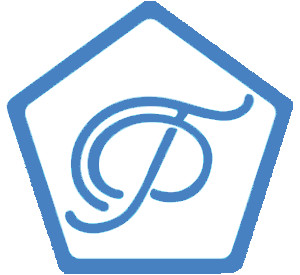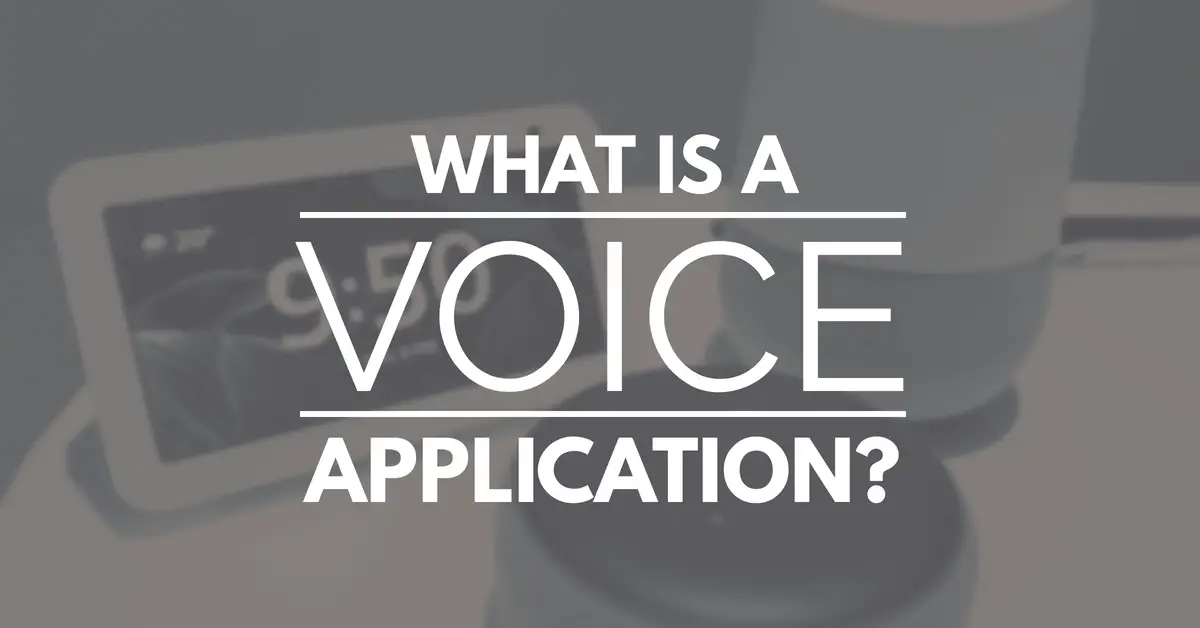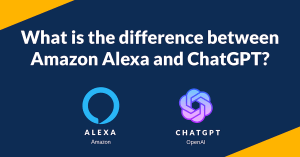Voice applications or voice activated devices are becoming dominant in the market and usage trend is growing quickly; these devices range from smart displays, smart speakers, mobile phones, tablets to cars, wearables and even microwaves.
A Voice Application is any software component that makes spoken human interaction with computers possible, using speech recognition to understand spoken commands and answer questions. A voice activated device is a device controlled with a voice user interface.
Voice applications
Usually, these applications can be static or dynamic depending on the level of complexity that is addressing. Static voice applications will respond the same every time is asked a given question or trigger; meanwhile a dynamic voice application will change according to some logic, for instance first time using the application respond “Welcome to Aussie Animals”, and the second time and subsequent conversations respond “Welcome back to Aussie Animals”.
Smart home or conversational experience?
Voice activated applications can be grouped into 2 major segments:
(1) Smart home activities
To manage IoT devices such as smart light bulbs, air conditioning, garage doors, coffee machines, etc. from your voice-activated device. For instance, Hey Google, turn the lights off.
(2) Conversational experiences
Provide voice applications based on interactive content, video, games, facts, etc. These type of applications rely on other services usually API based, databases for rich content persistence, images if using a smart display, pre-recorded audios and a wide range of techniques to deliver a high quality experience.
Name requirements
Each of these voice applications, or short “voice apps”, have a name, meaning a verbal domain name (e.g. Aussie Animals); the same way that websites have a domain name (e.g. www.pentatech.com.au). This name is used as invocation name, for instance, “Alexa open Aussie Animals”.
Relevant to notice from the legal angle, that invocation names must not infringe upon the intellectual property rights of an entity or person meaning the name is unique to your brand/intellectual property with proof of ownership established through legitimate documentation.
Availability of the voice application
Voice applications can be published public or privately. Public availability means that any user with a voice activated device can access the voice application and private means restricted to a business organization or range of users.
Purpose
Engaging voice apps often fall into these general categories:
(1) Things people can easily answer. Tasks that can be accomplished with familiar input like times or dates, like booking a flight.
(2) Quick, but compellingly useful activities. These usually give users immediate benefit for very little time spent, like finding out when their favorite sports team plays next.
(3) Tasks that are inherently better suited for voice. These are typically things you want to do hands-free, like receiving coaching during yoga or light exercise.
Conclusion
Voice applications are rapidly evolving so stay tuned for the next articles that will cover more interesting topics around voice.




